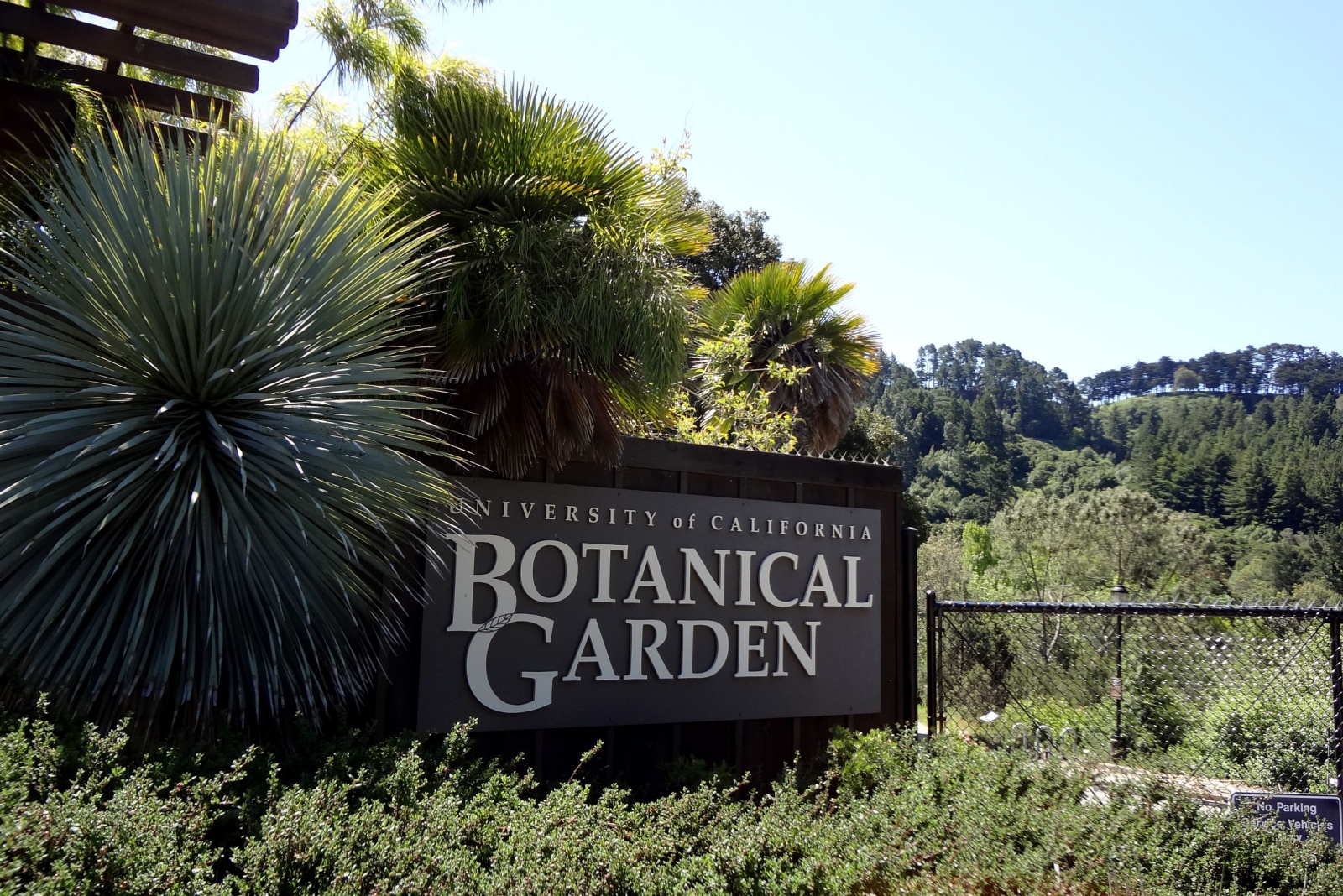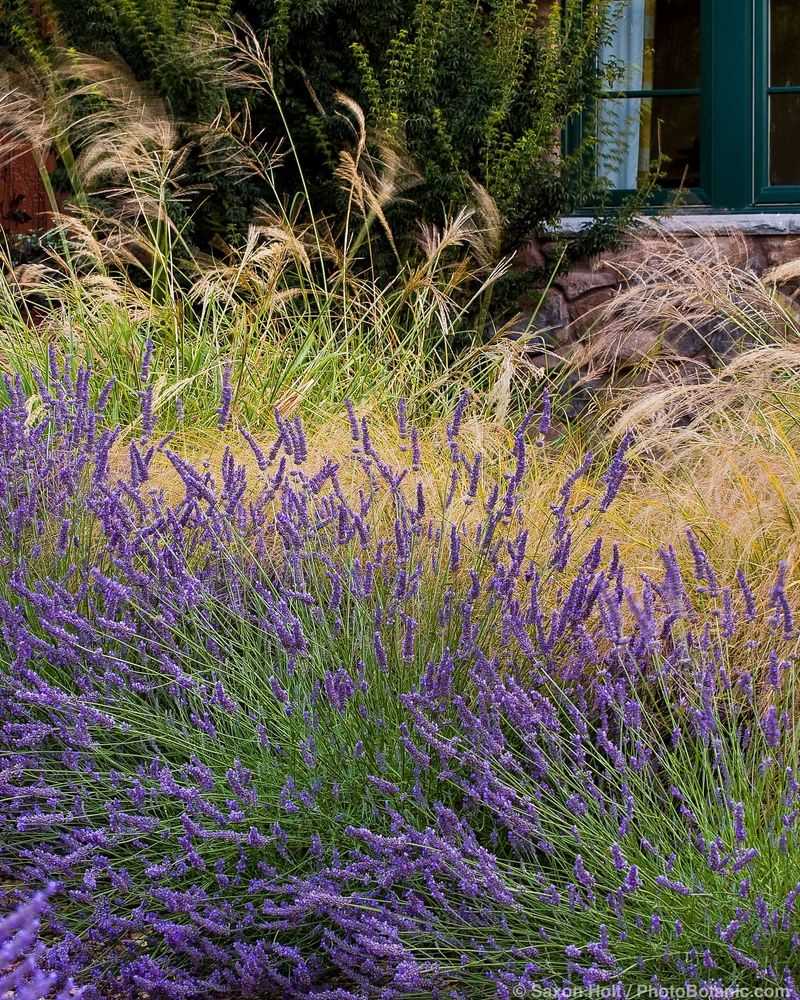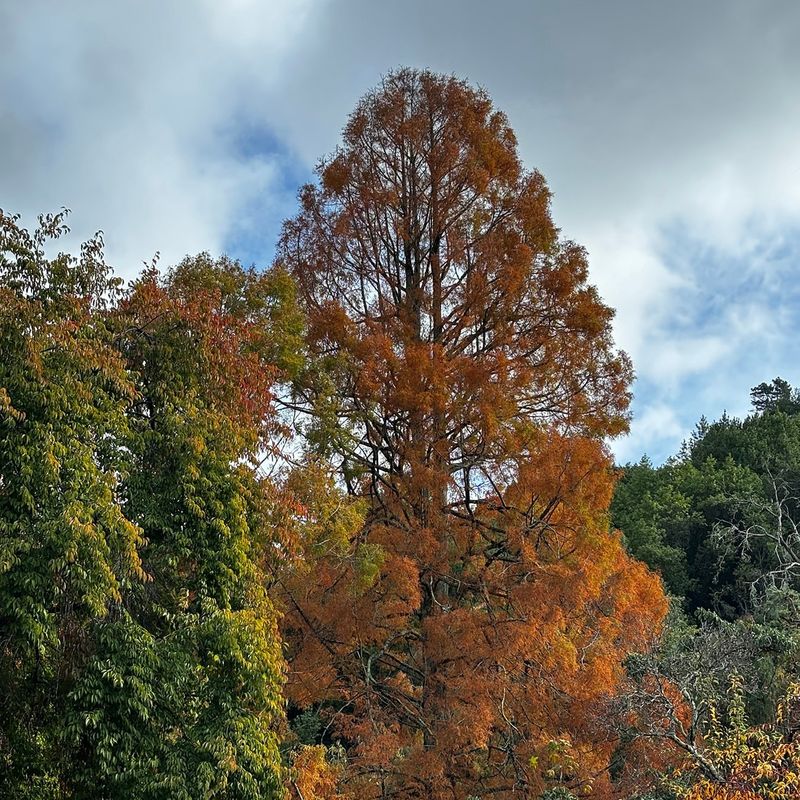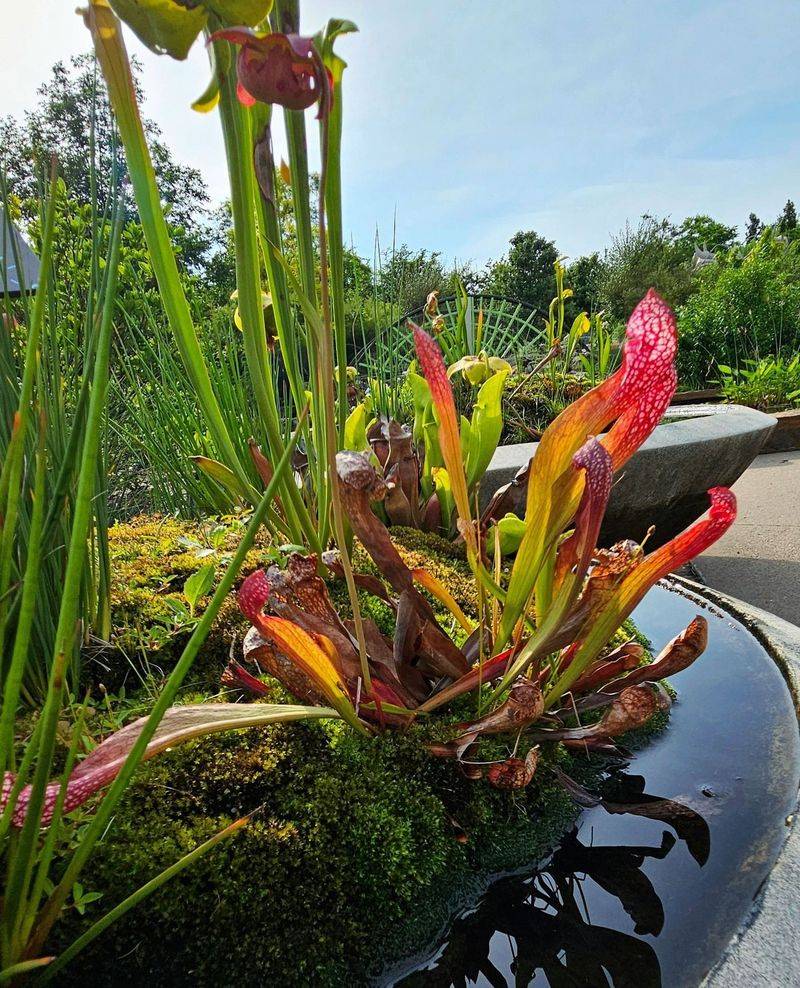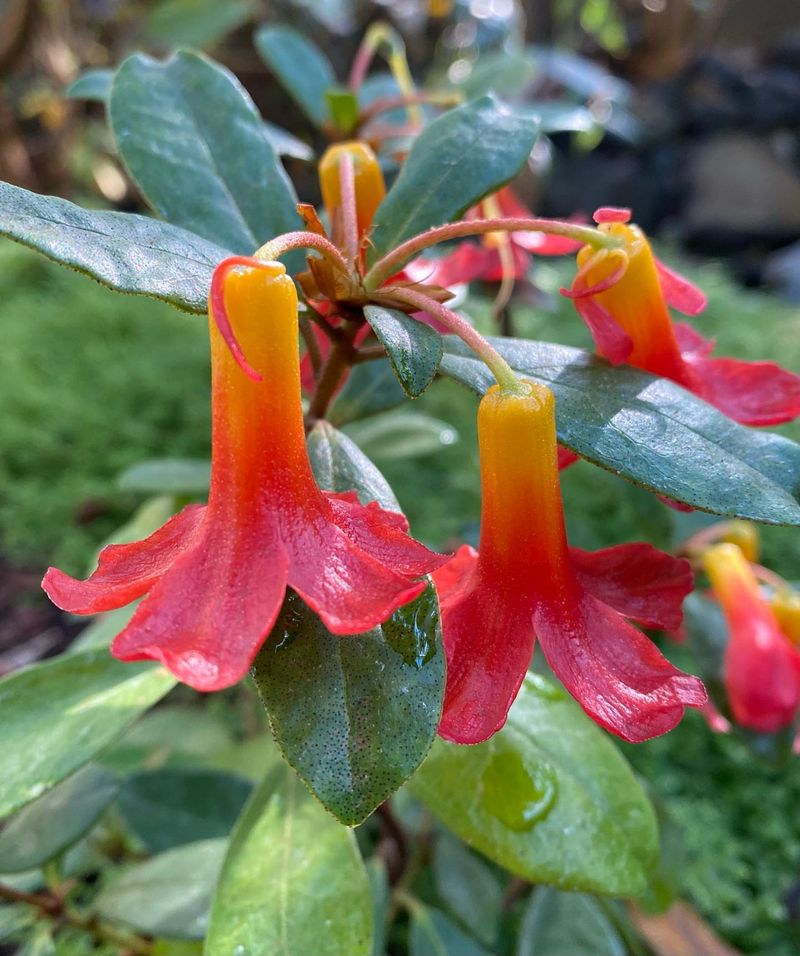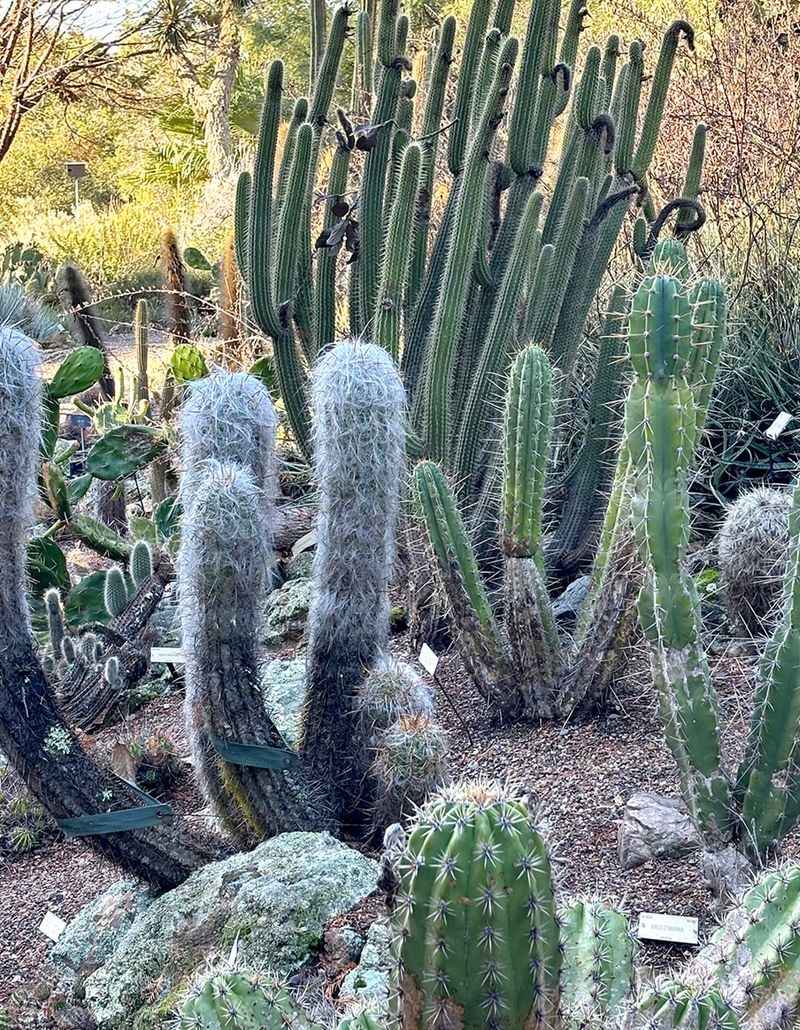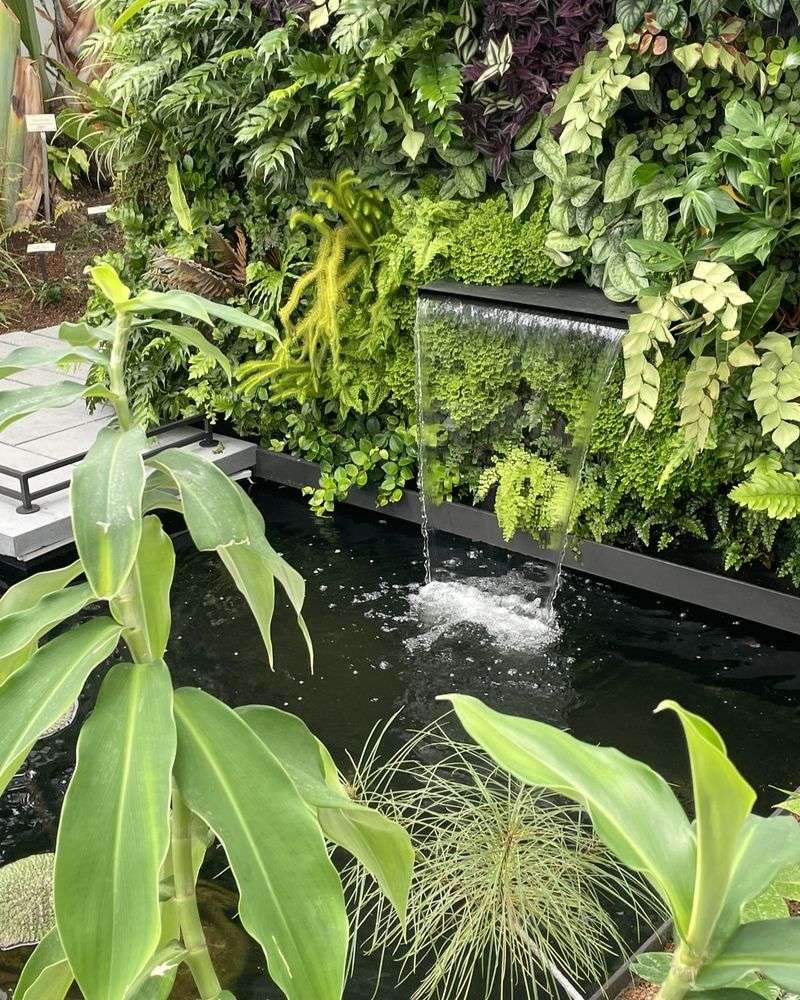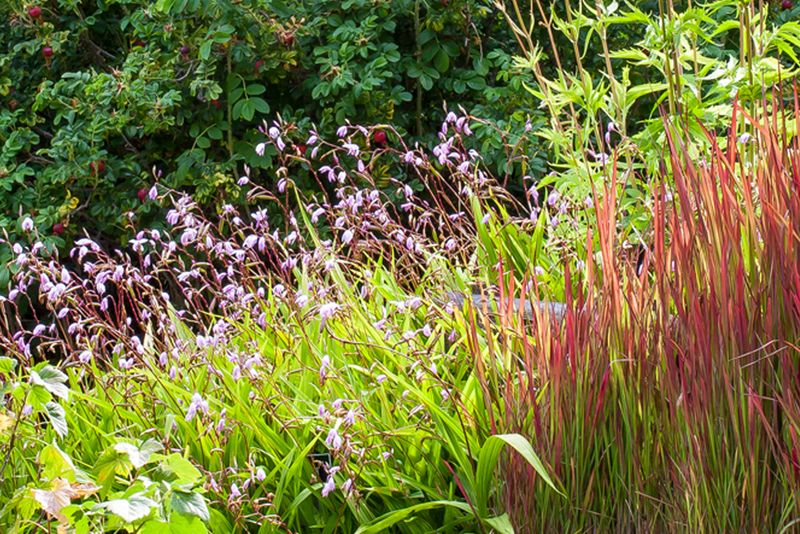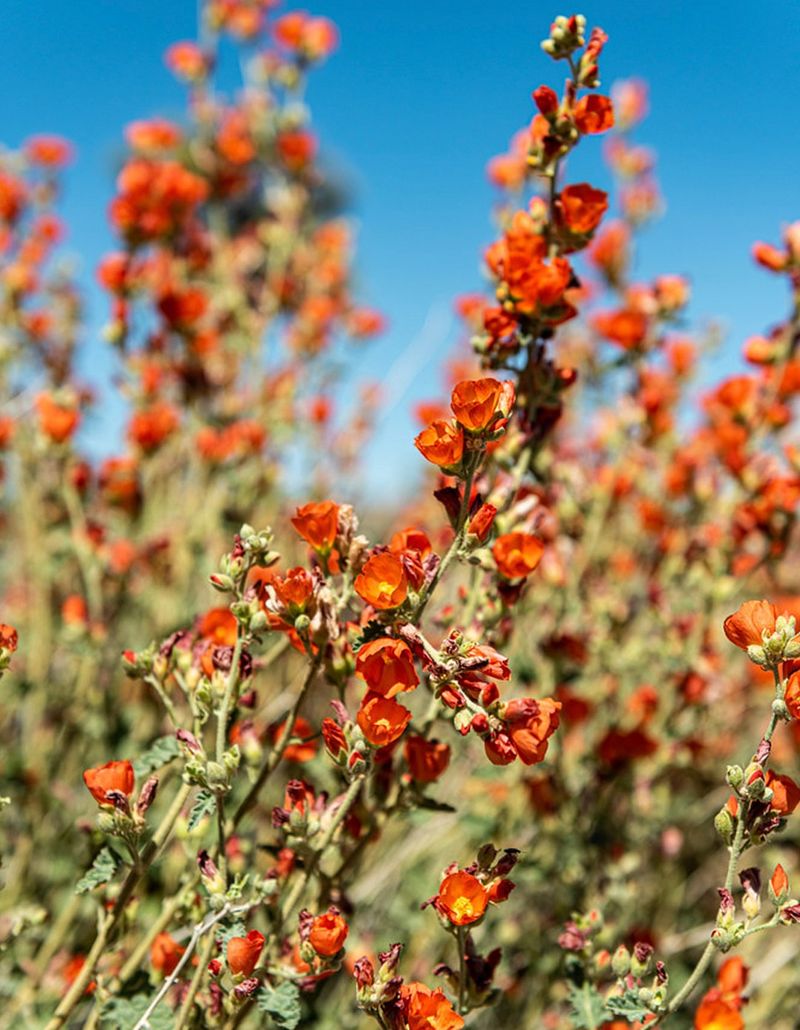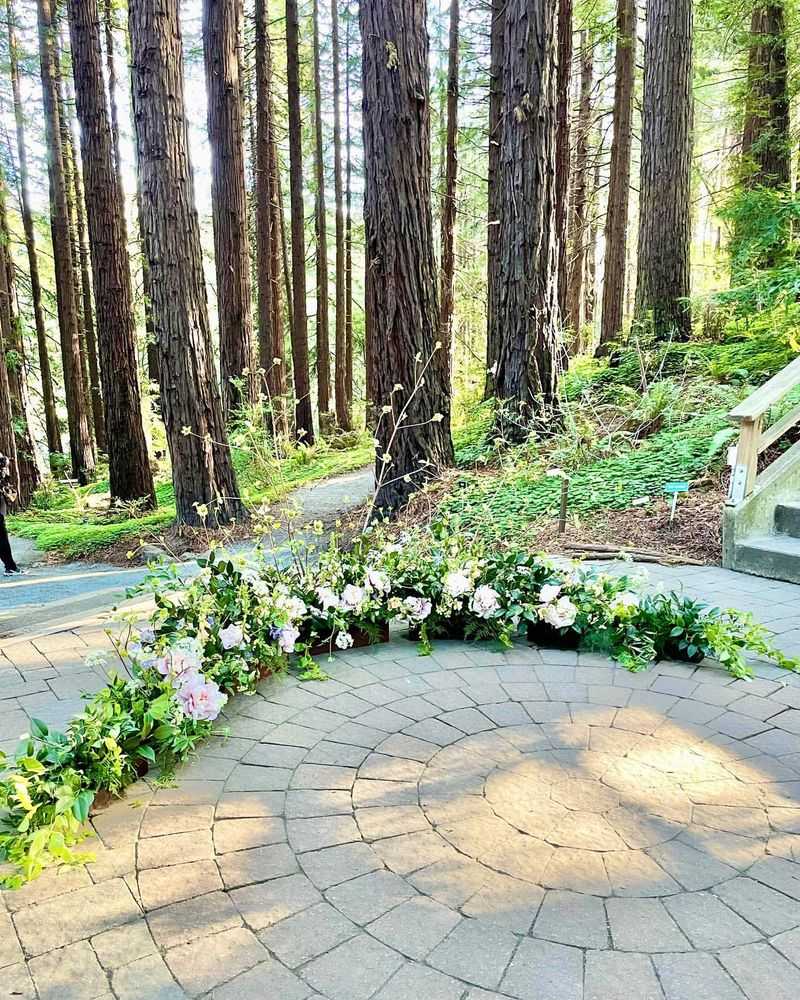Nestled in the Berkeley hills, the UC Botanical Garden is a living museum with over 10,000 plants from nearly every continent. This 34-acre paradise showcases rare and endangered species organized by their geographic origins.
Walking through the garden feels like taking a trip around the world, with each step revealing nature’s incredible diversity and beauty.
1. Mediterranean Collection Brings Europe To California
Strolling through the Mediterranean Collection feels like teleporting to southern Europe. Fragrant rosemary, lavender, and olive trees thrive here, perfectly adapted to California’s similar climate.
Many plants in this section have practical uses – from cooking herbs to medicinal plants that people have relied on for centuries. The collection’s layout mimics natural Mediterranean landscapes, complete with rocky outcroppings and seasonal wildflower displays.
2. Redwood Grove Offers Cool Forest Retreat
Towering coast redwoods create a peaceful sanctuary where temperatures drop noticeably as you enter. Dappled sunlight filters through the canopy, illuminating ferns and woodland plants carpeting the forest floor.
Benches tucked among these giants invite visitors to sit and listen to the unique sounds of this microclimate. The redwood collection represents California’s native heritage and provides habitat for birds and small mammals that visitors might spot during quiet moments.
3. Carnivorous Plant Display Reveals Nature’s Hunters
Venus flytraps snap shut on unsuspecting insects while pitcher plants lure prey into their slippery death traps. The garden’s collection of meat-eating plants fascinates visitors of all ages with their clever adaptations.
Growing in nutrient-poor soil displays, these plants evolved to get minerals from insects instead of roots. Staff carefully maintain the specialized growing conditions these unusual plants need, including high humidity and specific water quality that mimics their natural bog habitats.
4. Asian Collection Features Rare Himalayan Species
Colorful rhododendrons, delicate Japanese maples, and unusual plants from remote mountain regions make this section of the UC Botanical Garden in Berkeley, California, a true botanical treasure trove. Many specimens were collected during historic expeditions to regions rarely visited by Westerners.
Winding paths guide visitors through bamboo groves and past flowering trees arranged to highlight their natural relationships. The collection also features plants used in traditional Asian medicine, with signs explaining their historical importance and the conservation challenges they face today.
5. Desert House Showcases Drought-Adapted Wonders
Spiky, sculptural plants from the world’s arid regions demonstrate amazing survival strategies in the garden’s Desert House. Bizarre shapes and unexpected flowering patterns surprise visitors year-round.
Some cacti here are over 50 years old, growing slowly in their harsh native conditions. The collection emphasizes water conservation through educational displays about drought adaptation. Visitors gain appreciation for desert ecosystems while learning practical water-saving techniques they can apply to their own gardens.
6. Tropical House Explodes With Rainforest Diversity
Stepping into the humid Tropical House at the UC Botanical Garden in Berkeley, California, transports visitors to equatorial regions filled with orchids, bromeliads, and towering palms. Mist systems maintain the moisture these plants crave, creating a jungle-like atmosphere.
Hanging vines and epiphytes (plants that grow on other plants) reveal the intense competition for light in rainforest ecosystems. The collection also showcases several economically important tropical species—like banana, coffee, and cacao—connecting visitors to the global origins of familiar foods.
7. Chinese Medicinal Herb Garden Highlights Ancient Healing
Centuries of traditional knowledge come alive in this specialized collection of plants used in Chinese medicine. Organized according to traditional healing properties rather than botanical relationships, this garden offers a unique cultural perspective.
Informative signs explain how each plant has been used historically to treat various ailments. Guided tours often include fascinating stories about how these plants were discovered and incorporated into medical practices. The collection serves as both a cultural resource and a conservation effort for medicinal species facing habitat loss.
8. California Native Plant Section Celebrates Local Flora
Golden poppies, manzanita shrubs, and oak woodlands showcase the incredible diversity of plants that evolved in California’s unique climate. Spring brings spectacular wildflower displays that attract both human visitors and important pollinators.
This section demonstrates how beautiful water-wise landscaping can be when using native species. Many gardeners find inspiration here for sustainable home gardens. The collection also serves an important conservation role by preserving rare California native plants threatened by development and climate change.
9. Julia Morgan Hall Hosts Plant-Focused Events
Originally designed by famous architect Julia Morgan in 1911, this historic building was carefully relocated to the garden in 2014. Its warm wooden interior now hosts lectures, workshops, and special exhibits about plants and conservation.
Large windows connect indoor activities with the surrounding garden beauty. Community gatherings here range from scientific talks to botanical art classes and seasonal celebrations. The hall represents the garden’s commitment to education and outreach, making plant science accessible to visitors of all ages.

